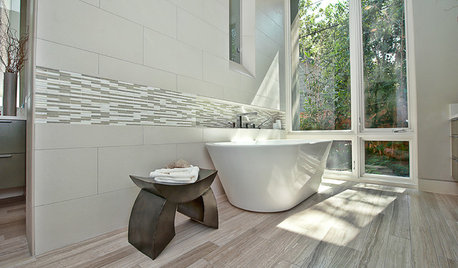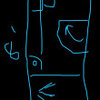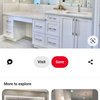Thanks to your wonderful advice on how to level and plumb my uneven stud walls in the shower. I have my hardibacker up and it's looking good. Now I need to basicly tape and bed the seams, screws, corners with the mesh tape and thinset right? Should I do the plumbing into the shower before tile? I have access to the plumbing area even after the shower is done. How long after I tape and bed do I wait to start tiling? How long do I need to wait to groute? I used a koehler 4x4 shower base and the walls and ceiling will be tiled. I'll be putting in a ready to tile set in the corner the instructions say I can do this after tiling the walls. I did put in the stud braces for the seat before I put in the backerboard.









MongoCT
okcntrygrl7Original Author
Related Professionals
Montebello Kitchen & Bathroom Designers · Allouez Kitchen & Bathroom Remodelers · Broadlands Kitchen & Bathroom Remodelers · Tulsa Kitchen & Bathroom Remodelers · Weston Kitchen & Bathroom Remodelers · Fairmont Kitchen & Bathroom Remodelers · Westminster Kitchen & Bathroom Remodelers · Forest Hills Kitchen & Bathroom Remodelers · Barrington Glass & Shower Door Dealers · Cornelius Glass & Shower Door Dealers · Suwanee Glass & Shower Door Dealers · Tallahassee Glass & Shower Door Dealers · Bonita Cabinets & Cabinetry · Graham Cabinets & Cabinetry · Homer Glen Cabinets & CabinetryMongoCT